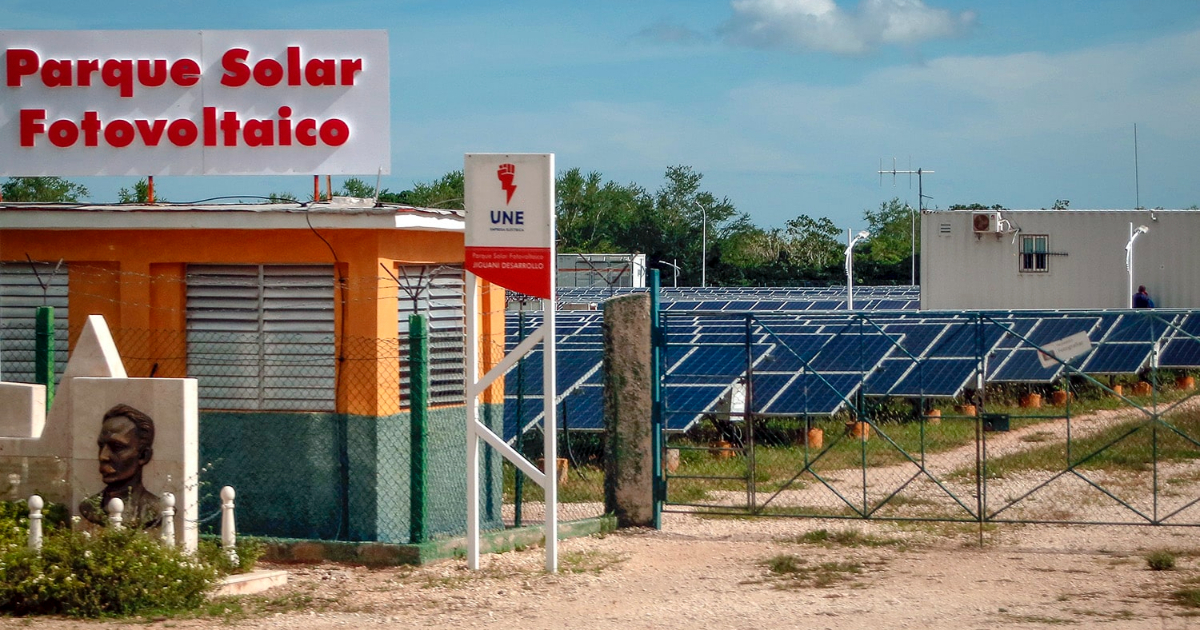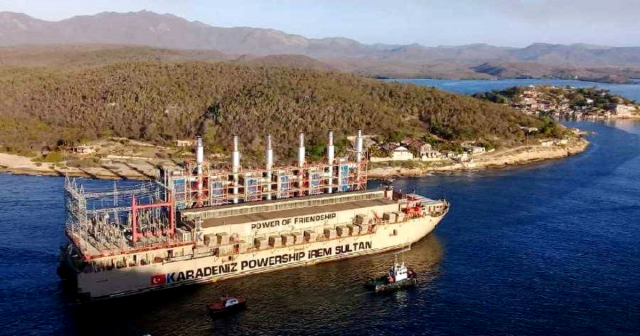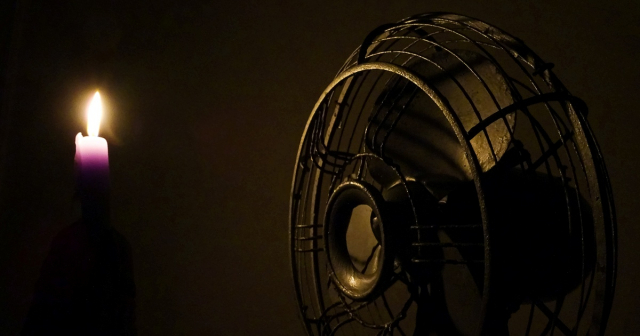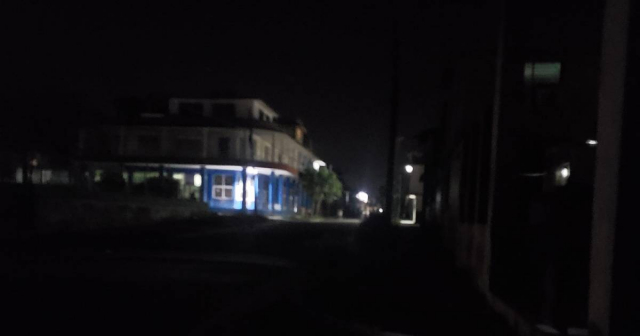
The Cuban government announced the installation of more than 90 photovoltaic solar parks before 2028. While the island suffers constant blackouts, the authorities project future energy sovereignty through the use of renewable sources.
After successive power outages and an energy crisis that have shocked daily life in the country, the Cuban government promises to install 92 photovoltaic solar parks that are expected to produce 2,000 megawatts of power in 2028.
They stated in a report in Granma that the earthworks are already underway and the resources for the assembly of the facilities are in the country. Cuban authorities seek to move towards sovereignty in electricity generation without depending on fuel imports.
The Minister of Energy and Mines, Vicente de la O Levy, emphasized during a recent press conference that these projects are already underway and highlighted the goal of achieving 24% penetration of renewable energies in the national energy system of the largest of the Antilles before 2030.
The plan would allow the regime to stop importing up to 750,000 tons of fossil fuel, but it remains to be seen whether there are no obstacles along the way, as often happens with Cuban government promises.
This vote of confidence in renewable energies emerges in a context marked by fuel shortages that leave prolonged blackouts and affect transportation in the country.
Despite the maintenance work carried out by the Electrical Union to restore the thermoelectric plants, the lack of supplies has remained, forcing the country's rulers to look for sustainable and indigenous alternatives.
Simultaneously with the efforts in solar energy, projects such as the Varadero oil well VDW-1012, near Boca de Camarioca, described by Cuban official journalist Bernardo Espinosa as "a feat of national engineering."
This has been a collaborative development between the Cuba Petroleum Union and Chinese experts, whose production will be destined for the country's thermal power plants.
Another Cuban project is the exploitation of Canasi 300, focused on the extraction of natural gas for electricity generation. Together, these initiatives are expected to contribute to mitigating immediate energy needs and consolidating energy independence.
On the other hand, foreign companies such as the Australian Melbana Energy are also exploring the search for high-quality oil in the province of Matanzas. Many promises on the way but the people of Cuba are becoming more subdued every day.
This Thursday, an impact on the average schedule of 1150 MW is estimated. Units of CTE Felton, CTE Mariel, CTE Guiteras, CTE Nuevitas and CTE Rente are out of service due to breakdowns.
The harsh reality for Cubans continues to be that of facing up to 18 hours a day without electricity. The lack of supply affects the preservation of food, the cooking of meals and access to water, difficulties that the official media seems to minimize by highlighting, instead, their successes in reporting on scheduled outages.
What do you think?
SEE COMMENTS (3)Filed in:






